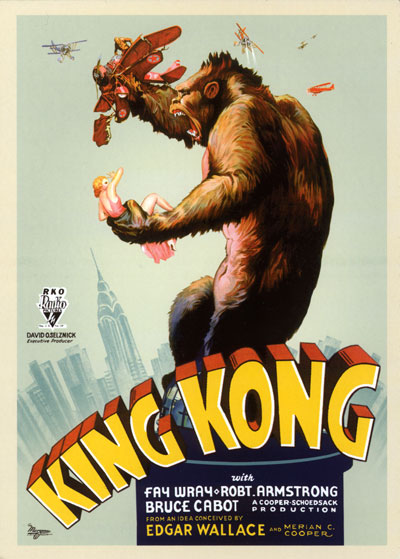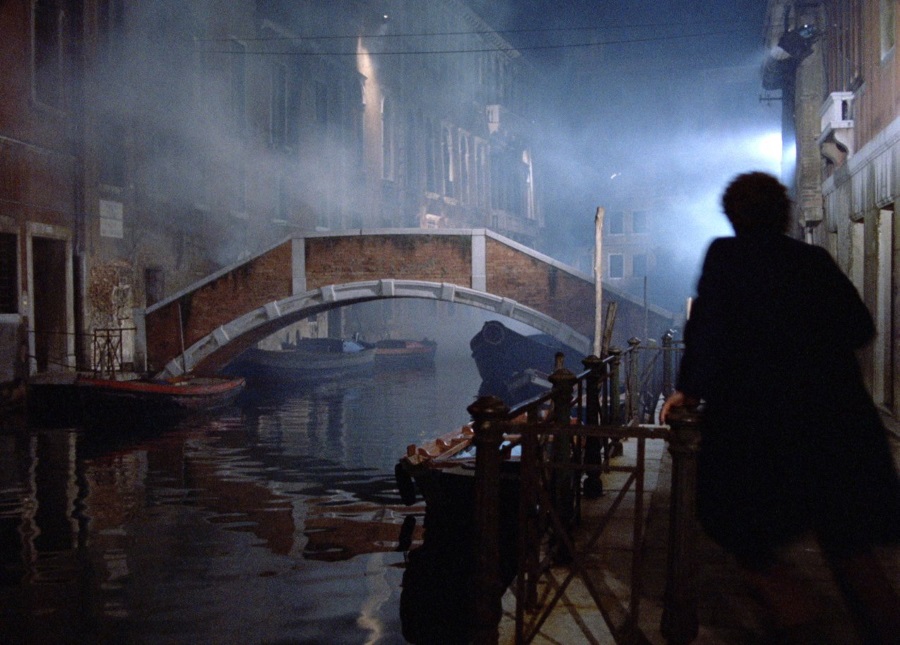Sometimes we watch movies and think instantly about a remake of them: what we would add, what they should have changed, what they did wrong. 100us Boudu sauv des eaux by Jean Renoir (1932, 87')' Boudu Saved from Drowning (French: Boudu saved from the waters) is a 1932 French film directed by Jean Renoir. Title Screen: Film Genre(s), Title, Year, (Country), Length, Director, Description: A Bill of Divorcement (1932), 70 minutes, D: George Cukor A sensitive. Classic Film Preview has recommendations for classic movies on cable, DVD, and Bluray. Also articles on the best alltime classic films, best directors, best screwball comedies, and best silent comedies. Boudu sauv des eaux est un film ralis par Jean Renoir avec Charles Granval, Marcelle Hainia. Synopsis: Boudu, clochard parisien, se jette la Seine. Repch par un libraire aux ides. They Shoot Pictures, Don't They? is dedicated to the art of motion picture filmmaking and most specifically to that one particular individual calling the shots from behind the camera the film director. The banner image above is from Steven Spielberg's A. Beginning on this page is TSPDT's detailed look (in alphabetic order) at the 1, 000 Greatest Films. Each film's current ranking and previous ranking (in brackets) is provided with each entry, along with cast lists, review quotes (with external links to full review), links to IMDB, Sight Sound (BFI) and Amazon, and. Jean Renoir: Jean Renoir, French film director, son of the Impressionist painter PierreAuguste Renoir. His films, in both silent and later eras, were noted for their realism and strong narrative and include such classics as Grand Illusion (1937), The Rules of the Game (1939), and The River (1951). Renoir was Down and Out in Beverly Hills is a remake of the 1931 Renoir film Boudu Saved from Drowning. It also mirrors the classic My Man Godfrey in many ways. Jean Renoir (French: ; 15 September 1894 12 February 1979) was a French film director, screenwriter, actor, producer and author. As a film director and actor, he made more than forty films from the silent era to the end of the 1960s. His films La Grande Illusion (1937) and The Rules of the Game (1939) are often cited by critics as among the greatest films ever made. This is the current edition of the List, updated to include all films in all editions of the 1001 Book, including films culled to make way for newer releases. Some foreign films are listed with multiple titles, in English with the original language title in parenthesis. Any films currently with When the vivacious and beautiful Nana bombs at the Thtre des Varits, she embarks on the life of a courtesan, using her allure and charisma to entice and pleasure men. The Woman on the Beach is a 1947 film noir directed by Jean Renoir, released by RKO Radio Pictures, and starring Joan Bennett, Robert Ryan and Charles Bickford For what would prove to be his final film, Iranian director Abbas Kiarostami gave himself a challenge: to create a dialogue between his work as a filmmaker and his work as a photographer, bridging the two art forms to which he had dedicated his life. For Kracauer, the realist tendency begins with the very first cinmatographes of the Lumire brothers. Kracauer opposes the Lumires' realism to the formative tendency of their contemporary Georges Mlis ( ), but he also insists that the Lumire films are not just documentaries. Greatest Film Directors: These honored selections are designed as a tribute to some of the greatest directors of predominantly Englishlanguage films, with suggested or recommended Best Films or 'MustSee' Films from their filmographies. See also this site's multipart compilation of other deserved film directors (alphabetical) More Great Film Directors. Son of the famous Impressionist painter Pierre Auguste, he had a happy childhood. Pierre Renoir was his brother, and Claude Renoir was his nephew. After the end of World War I, where he won the Croix de Guerre, he moved from scriptwriting to filmmaking. The preWorld War II sound era Introduction of sound. The idea of combining motion pictures and sound had been around since the invention of the cinema itself: Thomas Edison had commissioned the Kinetograph to provide visual images for his phonograph, and William Dickson had actually synchronized the two machines in a device briefly marketed in the 1890s as the Kinetophone. The notorious Pepe le Moko (Jean Gabin, in a truly iconic performance) is a wanted man: women long for him, rivals hope to destroy him, and the law is breathing down his neck at every turn..











